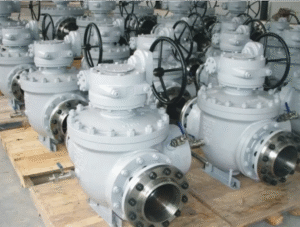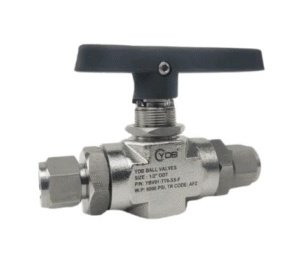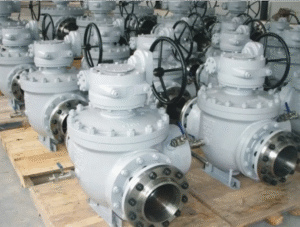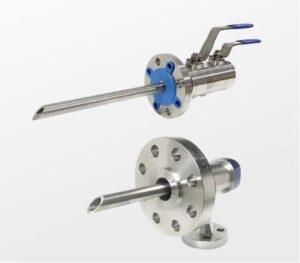Jacketed ball valves are the valves that contain a surrounding around their body. These valves’ jackets may be fabricated or welded from the outside of the body. Across the market, a wide range of jacketed valves is made. Each of whose implementation is determined by the flow media level, the pressure involved, the temperature it faces, and the industry’s efficiency and service level.
It is well established that jacketed ball valves are primarily designed to use media fluids to crystallize or grab. It should be remembered that certain valves should not be affected during the additional heating and cooling processes.
Features
- Jacketed valves are usually available in 2-way or 3-way setups with flanged ends. On request, screwed or welded valve ends are also available.
- Jacketed ball valves are designed to accommodate even the most viscous products that solidify at room temperature.
- Jacketed Ball Valves are commonly used to maintain process media temperature throughout the process and to hold fluids at a lower viscosity to allow the valve to run smoothly.
- Replace each Jacketed Ball Valve body construction by inserting at least one size higher flange to achieve sufficient bolt and nut tightening space.
- The jacketed ball valve is available in a range of settings that have been tested and used for a variety of applications. The main argument for using these valves for control processes is that even though a fire breaks out, the valve prevents some breakdown from spreading.
The Jackets ensure that the process media is consistently heated or cooled by the valves, preventing crystallization or seizing of the flow media. The Jacketed Ball Valve (Heating Jacket Ball Valve) is a well-designed valve that allows high-temperature steam or oil to run over the valve ball and body components, keeping the media liquid. This is particularly true for media such as bitumen, gravel, cocoa, liquid sulfur, molten sulphur, lactum, and soap. Furthermore, the removal of pockets ensures the optimal flow of media.
The welded jackets, which are made up of two shells, stretch from flange to flange and maintain continuous valve heating or cooling of the process media, avoiding crystallization or seizing flow media. This is particularly true for media such as bitumen, liquid sulfur, resins, and so on. Furthermore, the removal of pockets guarantees the optimal flow of media. As a carrier for heating or cooling media, oil, steam, water, or brine may be used. The valve body’s unique valve configuration is hydrostatically and pneumatically examined before the jacket welding operation. Once the jackets have been welded to the body and the valve is inspected again by our quality assurance procedures.
Jacketed ball valves are isolating valves that open and shut the operation fluid flow completely. These valves are used where the operation fluid is stable at room temperature, and it is vital to hold the fluid moist to control the valve. As a heating source, steam or oil is used, which causes the service fluid to be heated past its freezing point, allowing the valve to operate? They are not meant to be used for throttling or controlling.





